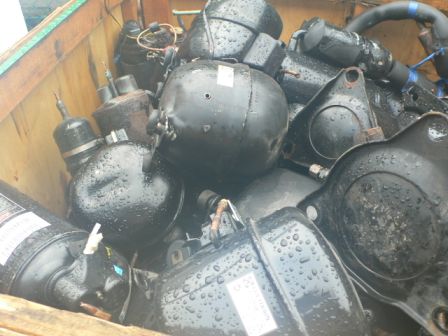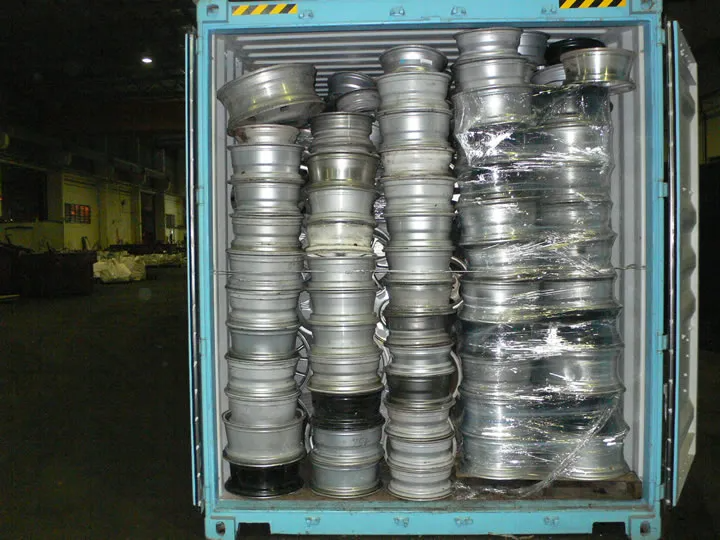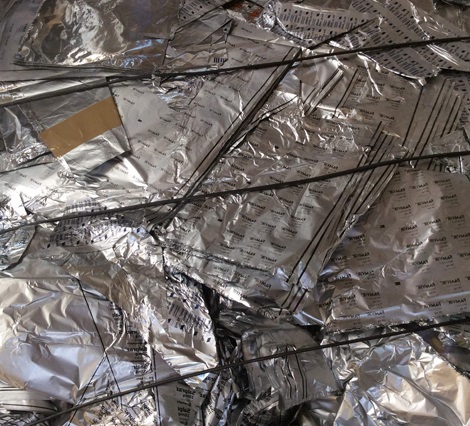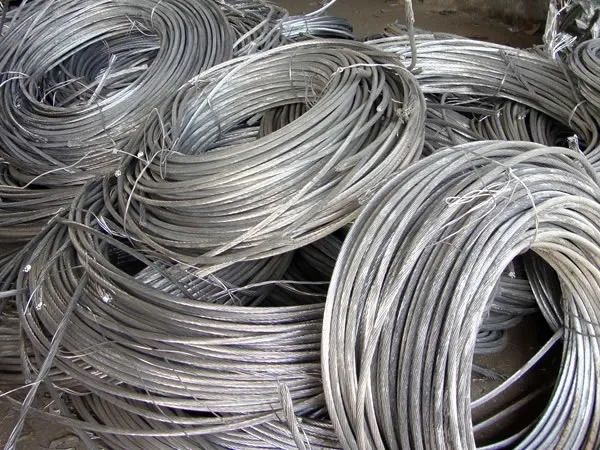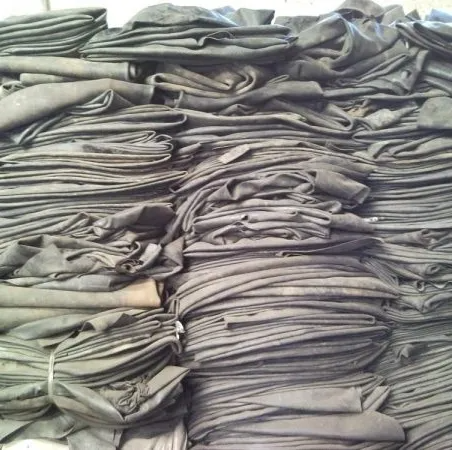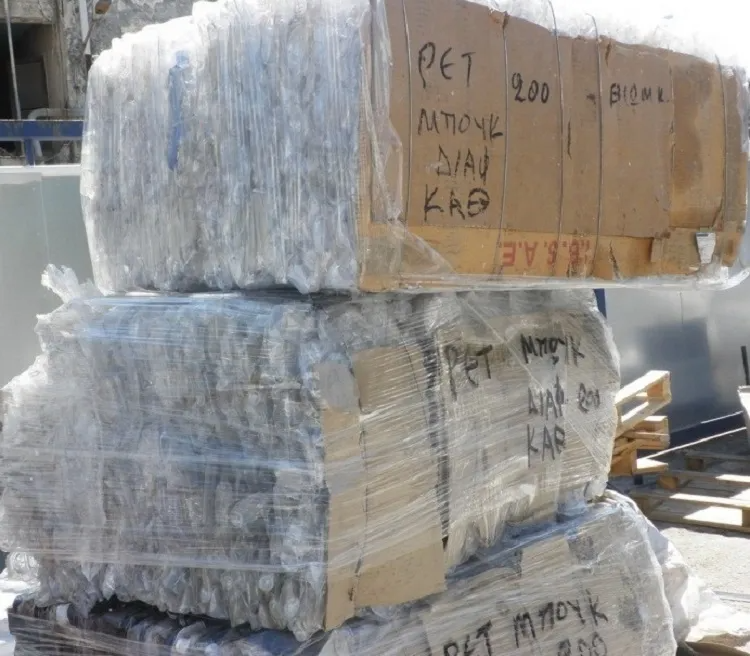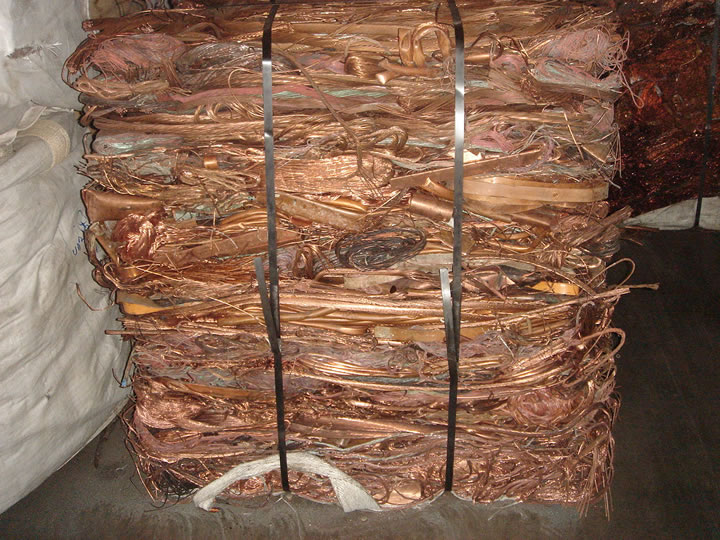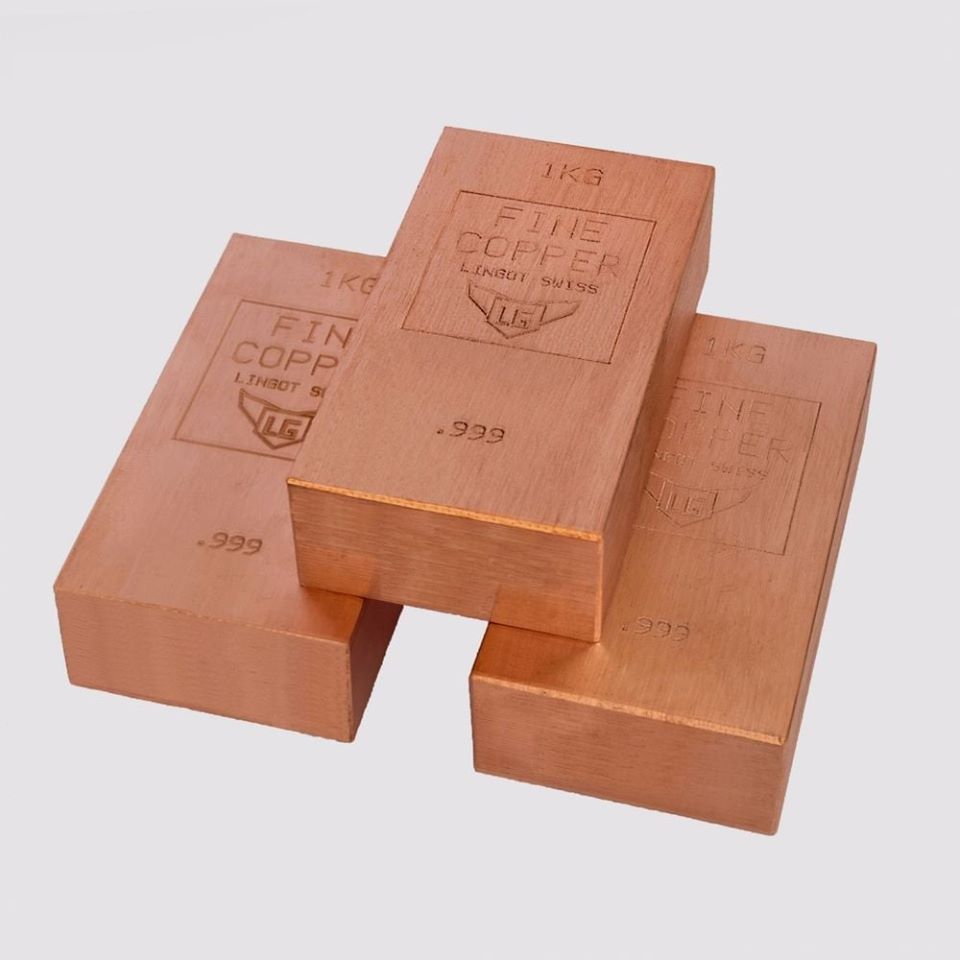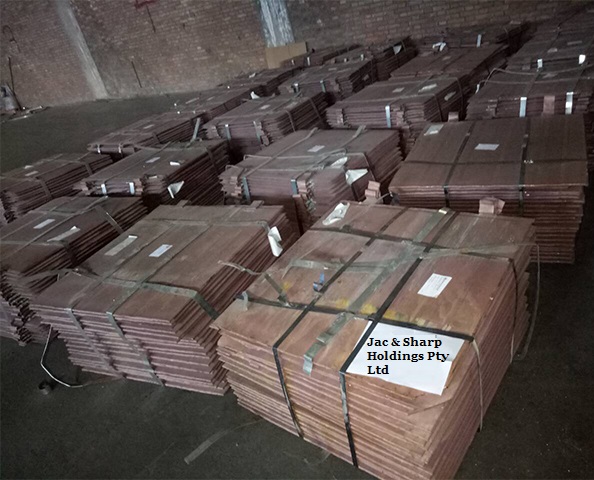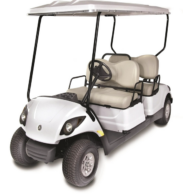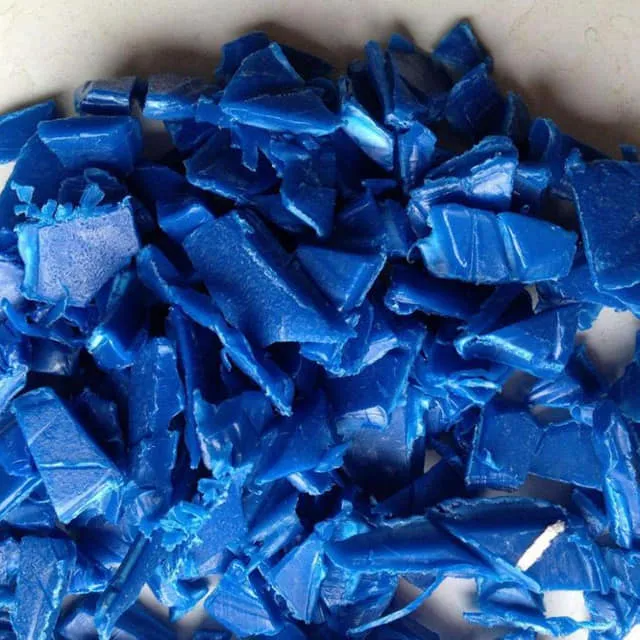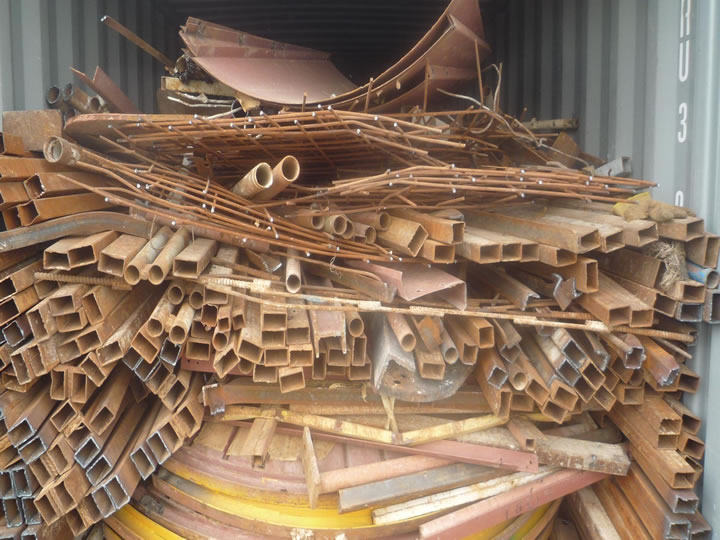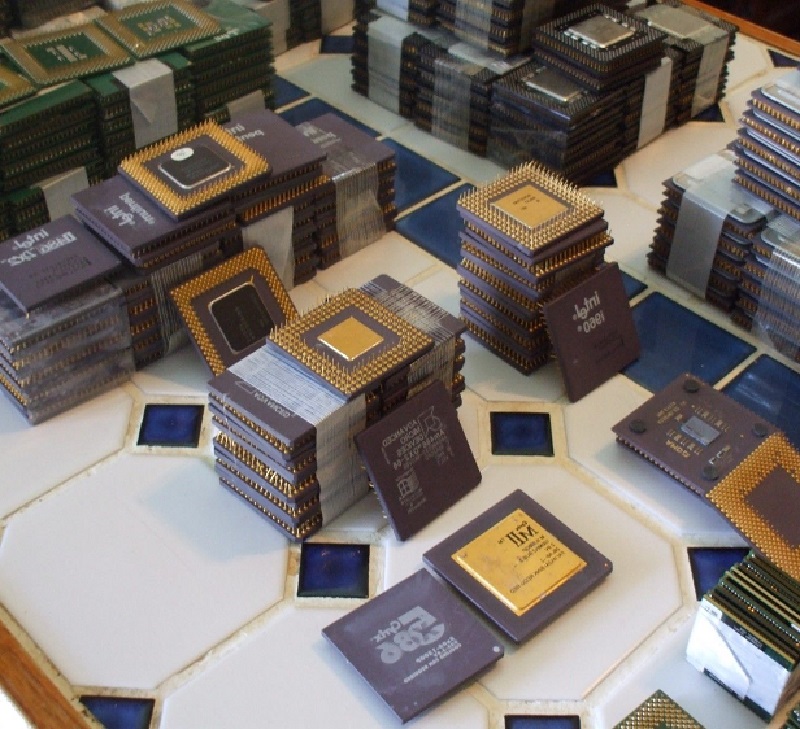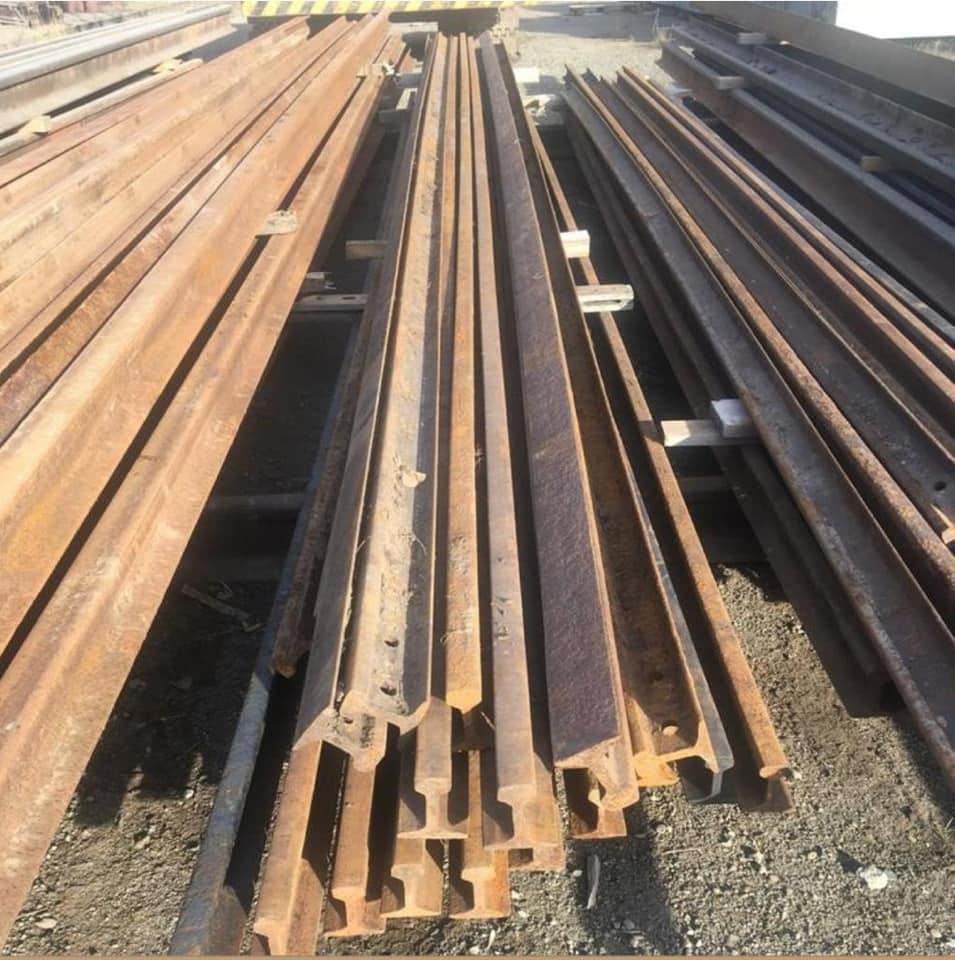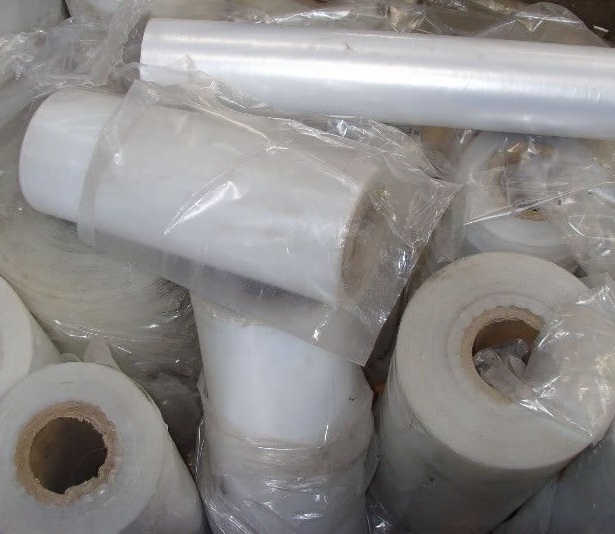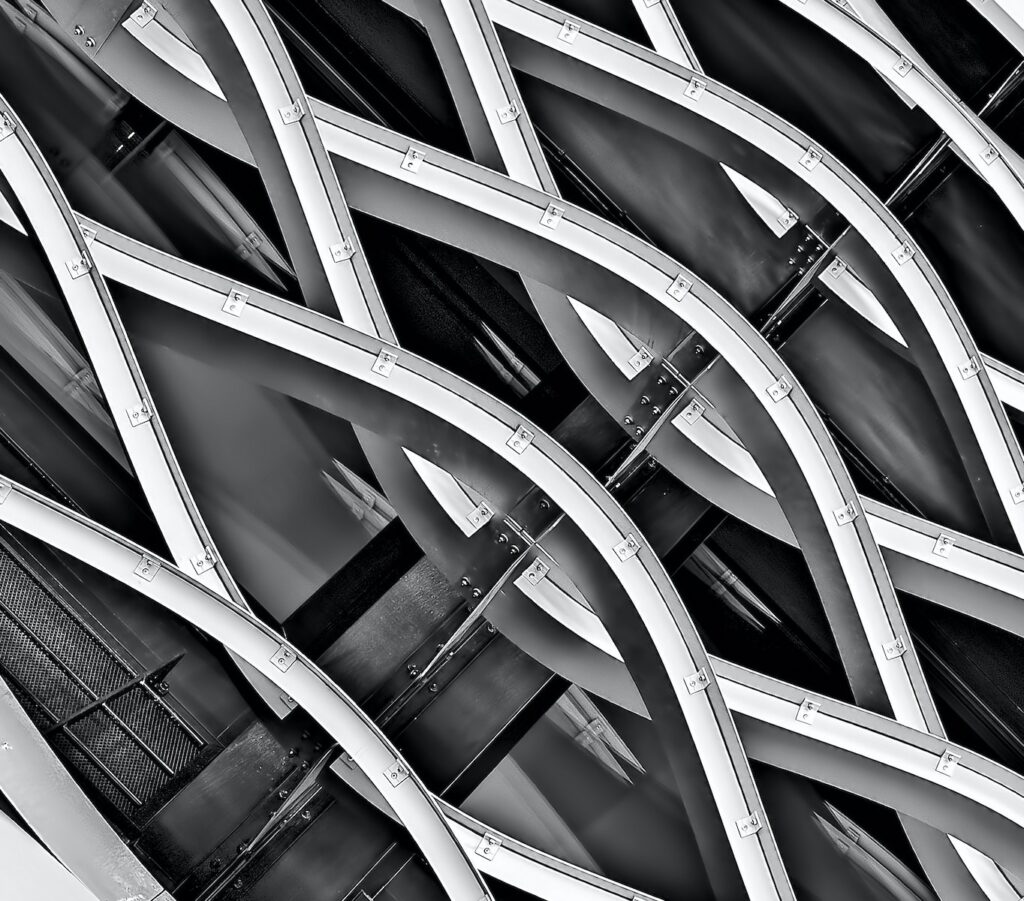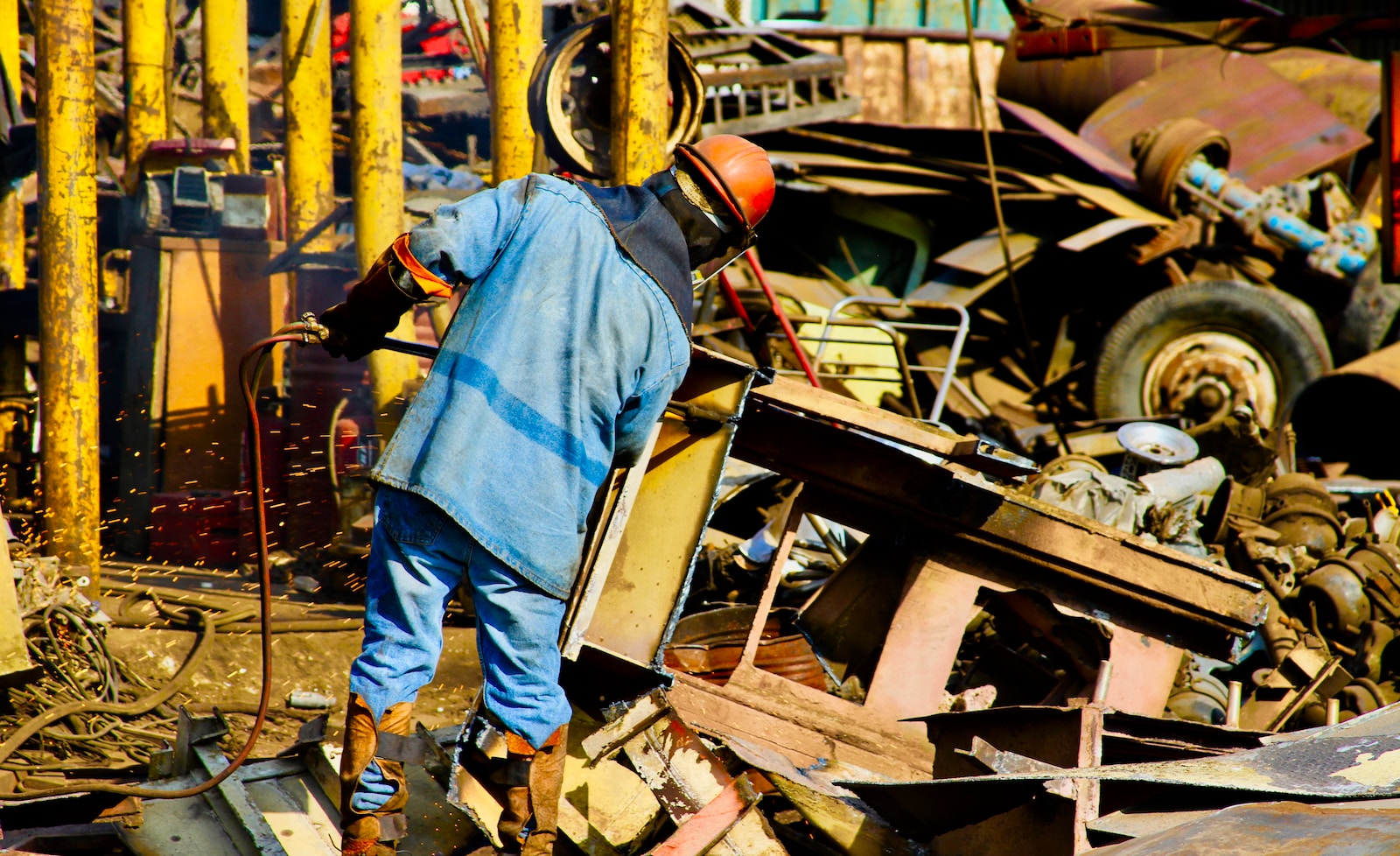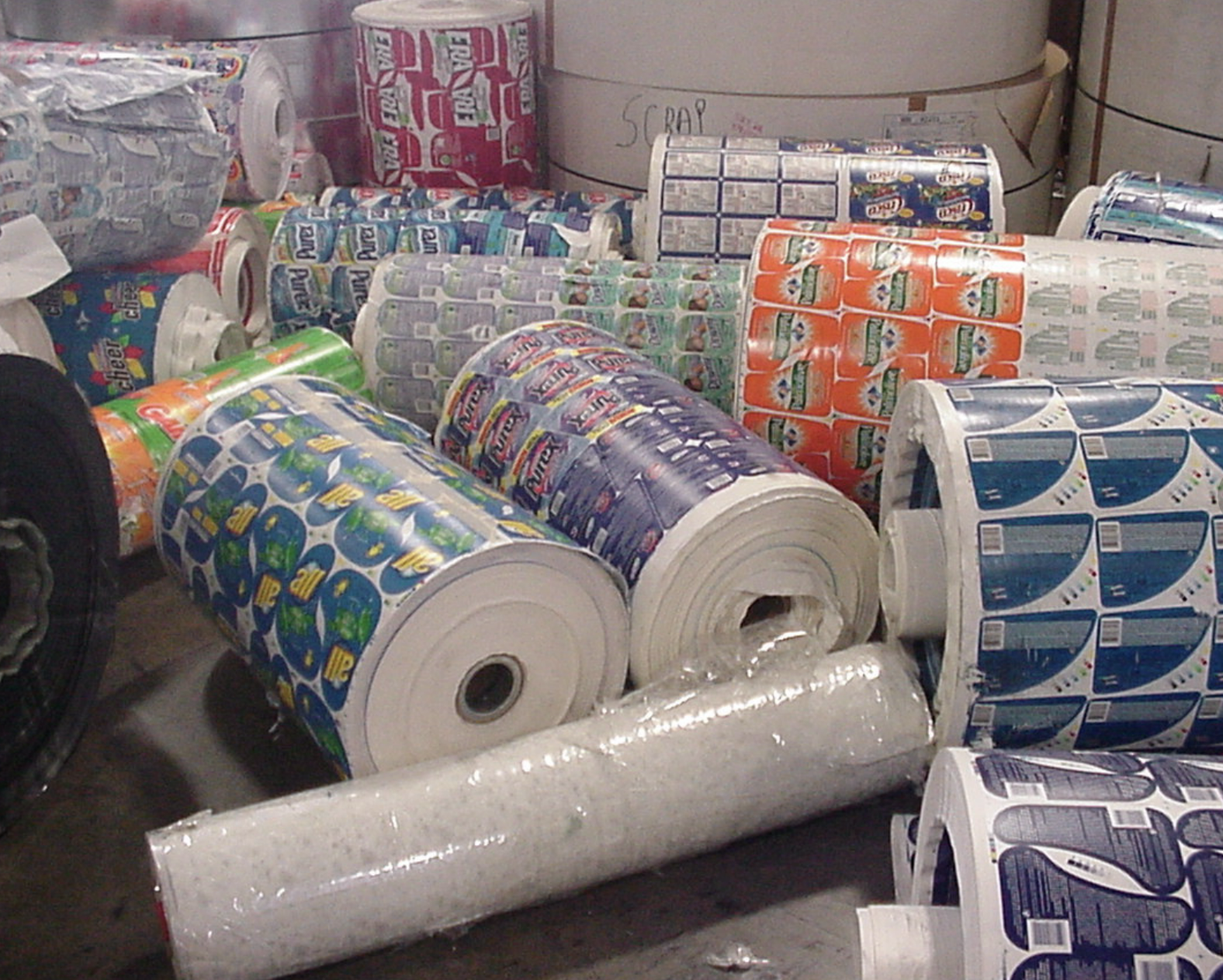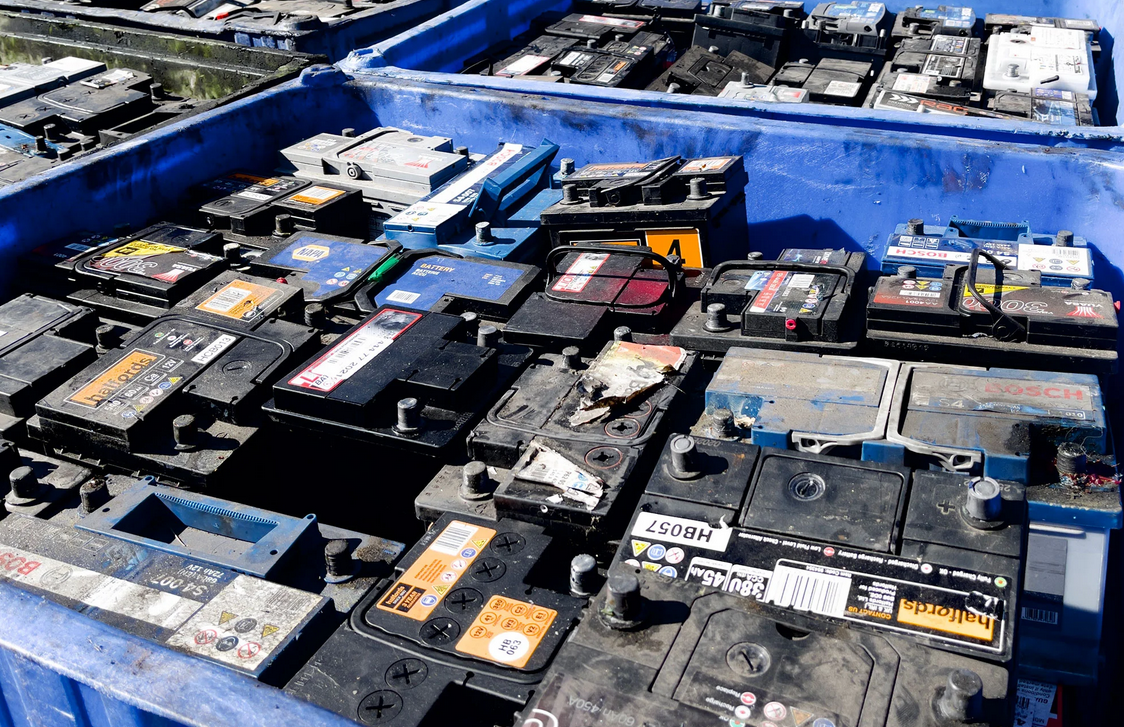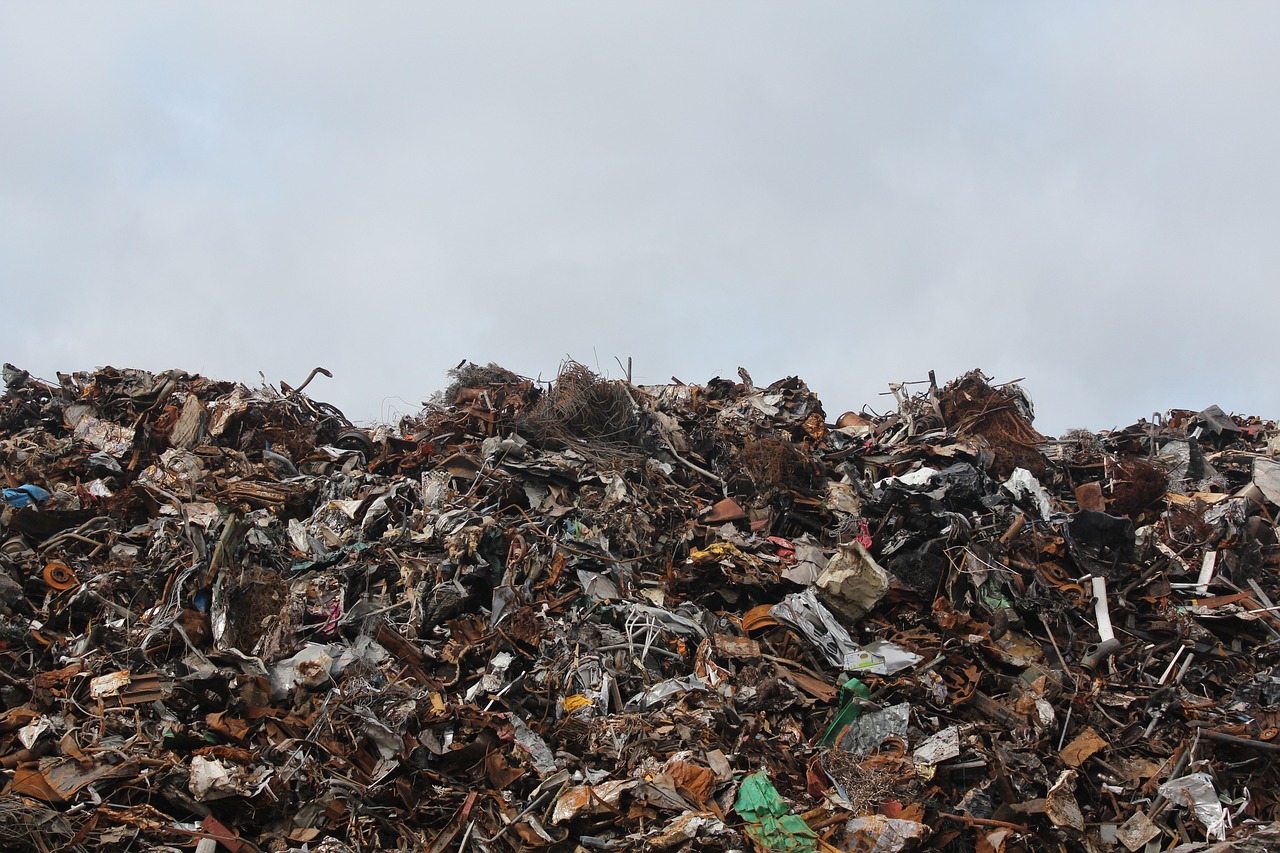
More Than 25+ Years
Scrap Metal Near Me at Andy Scrap Metal Ltd, we are dedicated to transforming scrap metal into valuable resources for a sustainable future. With our commitment to environmental responsibility and customer satisfaction, we have established ourselves as a leading name in the scrap metal recycling industry. Scrap Metal Near M
Scrap Metal Collection
We make it easy for you to responsibly dispose of your scrap metal. Our fleet of collection vehicles is equipped to handle all types of scrap metal, from small quantities to large industrial-scale collections. Whether you have old appliances, machinery, or construction debris, we'll pick it up and ensure it's recycled efficiently.
Environmentally-Friendly Recycling
We prioritize environmentally-friendly practices in all our operations. Our state-of-the-art recycling facilities are designed to maximize material recovery and minimize waste. This means less environmental impact and more resources saved.

